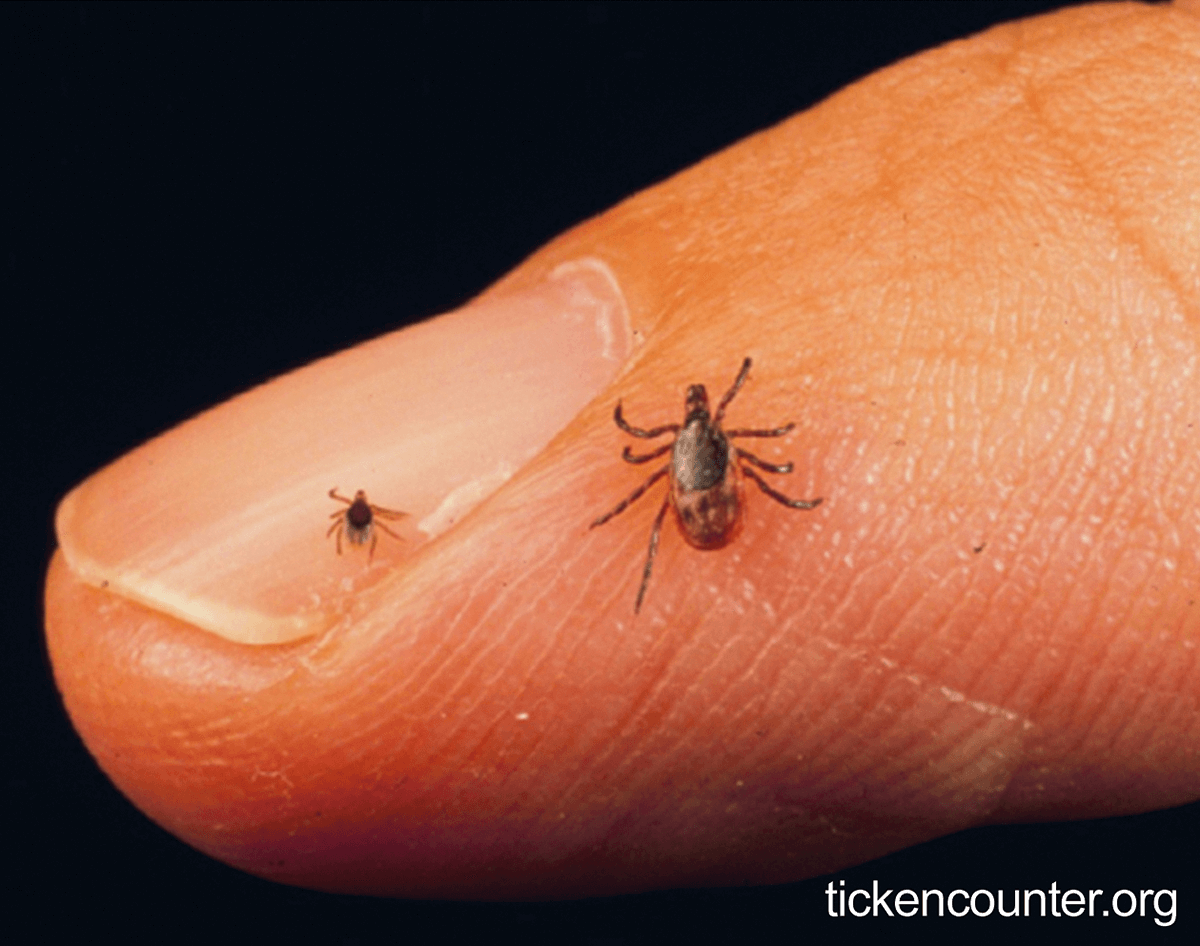May 31, 2016
Watch out for ticks this season
Lyme diseases causes serious health issues
Landscape crews working in wooded areas this season have an increased risk of contracting Lyme disease from infected blacklegged ticks. Public Health Ontario has been tracking their numbers and discovered the highest populations of ticks in eastern Ontario (Ottawa, Cornwall, Kingston) and in other concentrations along the north shores of Lake Erie, Lake Ontario and the St. Lawrence River. The risk of a bite and possible infection is highest from May to September.
Generally, ticks position themselves on tall grass or shrubs where they can then attach to people or animals and can then take several hours to find exposed skin to bite into. Once bitten, the risk of developing Lyme disease (if the tick is infected) is greatly reduced if the tick is removed within 24 hours of a bite.
Removal of ticks is not easy and should be done carefully. Squeezing or burning the tick will actually cause the Lyme disease agent to be accidentally introduced into your body. Only remove a tick by grasping it firmly with a pair of tweezers as close to your skin as possible and pulling it straight out. The tick should
then be put in a container and taken to an Ontario Public Health Laboratory for identification (in order to track their numbers and migration) and for testing of Lyme disease.
If an infected tick bite goes undetected, symptoms of Lyme disease are usually visible within one to two weeks, but can show up as early at three days, or as late as one month. Symptoms include a fever, headache, muscle and joint pain and fatigue with the most visual symptom being the appearance of a red bull’s eye skin rash. However, not everyone will develop this bull’s eye rash. Medical attention should be sought out if any symptoms surface. If untreated, the initial infection can affect the heart, nervous system or joints in the body.
Tips to avoid ticks:
- If you are in an area known for high tick populations, examine yourself thoroughly for ticks each day and pay special attention to areas such as your groin, scalp and armpits. Ticks are very small (2-3 mm in length).
- Wear light-coloured clothing to make it easier to see ticks before they can find an exposed place to feed.
- Wear long pants, a long sleeved shirt, closed footwear and socks and tuck your pants into your socks.
- Use a tick repellent that has DEET.
Generally, ticks position themselves on tall grass or shrubs where they can then attach to people or animals and can then take several hours to find exposed skin to bite into. Once bitten, the risk of developing Lyme disease (if the tick is infected) is greatly reduced if the tick is removed within 24 hours of a bite.
Removal of ticks is not easy and should be done carefully. Squeezing or burning the tick will actually cause the Lyme disease agent to be accidentally introduced into your body. Only remove a tick by grasping it firmly with a pair of tweezers as close to your skin as possible and pulling it straight out. The tick should
then be put in a container and taken to an Ontario Public Health Laboratory for identification (in order to track their numbers and migration) and for testing of Lyme disease.
If an infected tick bite goes undetected, symptoms of Lyme disease are usually visible within one to two weeks, but can show up as early at three days, or as late as one month. Symptoms include a fever, headache, muscle and joint pain and fatigue with the most visual symptom being the appearance of a red bull’s eye skin rash. However, not everyone will develop this bull’s eye rash. Medical attention should be sought out if any symptoms surface. If untreated, the initial infection can affect the heart, nervous system or joints in the body.

